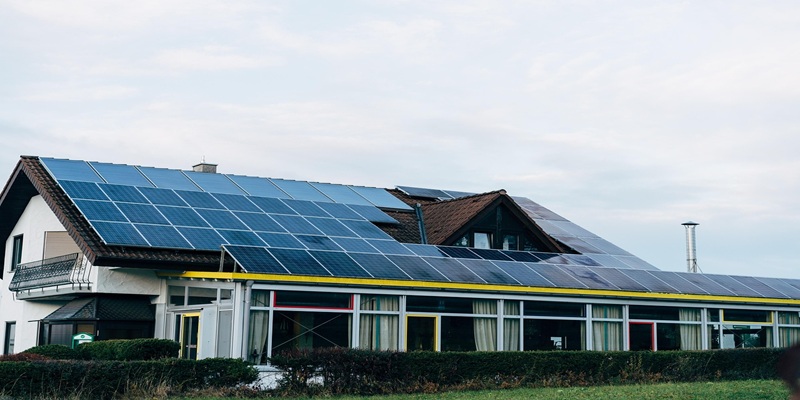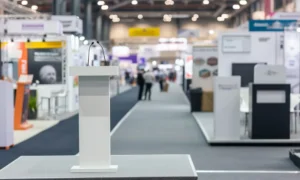Sustainability has become a cornerstone of modern development. As climate change accelerates, industries are shifting toward eco-friendly solutions—and the construction sector is no exception. Green building technologies are revolutionizing how we design, construct, and maintain structures, ensuring minimal environmental impact while maximizing efficiency.
What Are Green Building Technologies?
Green building technologies refer to innovative construction methods and materials designed to reduce environmental harm. These solutions prioritize energy efficiency, water conservation, and sustainable resource use. Unlike traditional construction, green buildings aim to lower carbon footprints while enhancing occupant comfort.
Key components include renewable energy systems, energy-efficient insulation, and smart building automation. By integrating these technologies, developers can create structures that align with global sustainability goals.
Key Green Building Technologies Shaping the Future
Solar Power Integration
One of the most widely adopted green technologies is solar power. Buildings equipped with photovoltaic (PV) panels generate clean electricity, reducing reliance on fossil fuels. Additionally, advancements in solar glass—transparent panels that double as windows—allow even skyscrapers to harness solar energy efficiently.
Energy-Efficient Insulation
Proper insulation is crucial for maintaining indoor temperatures. Green buildings use materials like cellulose, recycled denim, and aerogel to minimize heat loss. As a result, heating and cooling systems consume less energy, lowering utility bills and emissions.
Smart Building Automation
Smart technology optimizes energy use by monitoring lighting, HVAC systems, and appliances. Sensors adjust settings based on occupancy and weather conditions, ensuring no energy is wasted. Over time, this automation significantly cuts operational costs.
Water Recycling Systems
Water scarcity is a growing concern, making conservation essential. Green buildings incorporate greywater recycling systems that repurpose water from sinks and showers for irrigation and flushing. Rainwater harvesting systems further reduce dependence on municipal supplies.
Green Roofs and Living Walls
Vegetated roofs and walls improve air quality while providing natural insulation. They absorb rainwater, reduce urban heat islands, and even support local biodiversity. Cities like Singapore and Copenhagen have embraced these features to enhance sustainability.
Sustainable Construction Materials
Traditional concrete production emits massive CO₂. Green alternatives like bamboo, cross-laminated timber (CLT), and recycled steel offer durable, low-impact solutions. These materials are not only eco-friendly but also cost-effective in the long run.
Benefits of Green Building Technologies
Reduced Environmental Impact
By minimizing energy consumption and waste, green buildings help combat climate change. Renewable energy sources and efficient designs slash greenhouse gas emissions, supporting global carbon neutrality efforts.
Lower Operating Costs
Although initial investments may be higher, green buildings save money over time. Energy-efficient systems reduce utility bills, while durable materials decrease maintenance expenses. Businesses and homeowners alike benefit from long-term savings.
Improved Indoor Air Quality
Conventional buildings often trap pollutants, leading to health issues. Green structures use non-toxic materials and advanced ventilation systems to ensure cleaner air. This results in healthier living and working environments.
Enhanced Property Value
Sustainable buildings are in high demand. Buyers and renters prefer eco-friendly properties due to their cost savings and environmental benefits. As a result, green-certified buildings often have higher resale values.
Compliance with Regulations
Governments worldwide are enforcing stricter environmental laws. Adopting green technologies ensures compliance with these regulations, avoiding fines and legal complications.
Challenges and Future Outlook
Despite their advantages, green building technologies face obstacles. High upfront costs and limited awareness can deter adoption. Additionally, some regions lack the infrastructure to support advanced systems like solar energy.
However, the future remains promising. As technology advances, costs will decrease, making sustainability more accessible. Governments and organizations are also offering incentives, such as tax breaks and grants, to encourage green construction.
Conclusion
Green building technologies are transforming the construction industry, offering sustainable solutions for a healthier planet. From solar energy to smart automation, these innovations reduce environmental harm while improving efficiency and comfort.
As awareness grows and technology transform, green buildings will become the standard rather than the exception. By embracing these advancements, we can create a sustainable future—one structure at a time. Would you like to incorporate green technologies into your next project? The time to act is now.





























